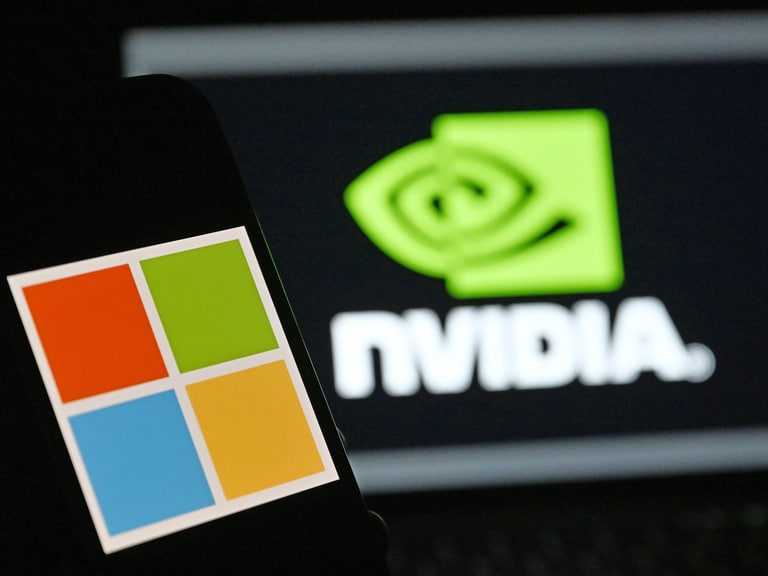Electric vehicle maker NIO’s share price continues to fall, with economic headwinds and the effects of China’s lockdowns earlier in the year expected to impact the company’s upcoming second quarter results release on 7 September.
As NIO [NIO] prepares to report second-quarter earnings on 7 September, a series of ongoing headwinds have slashed its share price. NIO shares have nearly halved in value since the start of 2022 (as of 2 September) and were trading 60% lower than their 52-week high in November last year.
The electric vehicle (EV) manufacturer has suffered as a result of China’s weakening economy, supply chain constraints and delisting fears from US exchanges. As a result of these pressures, the NIO share price has fallen 44% since the start of the year.
The weaker Chinese economy has been one of the major reasons for the decline in value. Covid-19 lockdowns in major cities earlier this year impacted both demand for electric vehicles and key production supply chains. As a result, the company reported only 5,074 deliveries in April, down from 9,652 in January. While production numbers have since recovered to 10,677 in August, the company’s upcoming results are likely to be impacted by the lower output earlier in the year.
Growing revenue but widening losses
NIO reported a loss of $281.2m in the first quarter of 2022, which was wider than the $68.8m seen the year before. The weaker set of results was the result of the disruption caused by China’s Covid-19 lockdowns in the first few months of the year.
Revenue for the quarter was $1.56bn, which was up 24% year-over-year. However, the gross margin was slashed significantly to 14.6% from 19.5% a year before. This was a result of rising commodity costs, largely due to rising prices of precious metals vital for EV manufacturing, such as lithium used for batteries. The company blamed increased battery unit costs for the decrease in vehicle margins.
Alongside higher manufacturing costs, NIO’s research and development expenses rose 156.6% year-over-year to $277.9m. In the report, NIO cited higher personnel costs and incremental research and development expenditures as the reasons for the dramatic jump in costs.
As the company prepares to release second-quarter results, inflation continues to be a challenge. As a result, it is unlikely costs will dramatically fall in the shorter term. However, CEO William Li expects the gross margin to recover by the third quarter as the company begins to cut costs. The upcoming results will help show if any progress has been made on this front.
Analysts optimistic ahead of Q2 earnings
At the end of August, China unveiled $44bn in new support measures to help the country’s faltering economy. The stimulus package aims to boost consumption in the world’s second-biggest economy after lockdowns caused supply chain disruption and a reduction in consumer spending.
NIO shares were boosted by nearly 10% on the back of the news of the government’s plans. However, the optimism appeared to be temporary as the shares quickly reversed their losses.
It’s not just NIO shares that have struggled in the EV space this year. Tesla [TSLA] has seen its share price fall by over 30% in 2022, while its US peer Rivian [RIVN] has seen shares slump nearly 70% over the same period as it struggles to step up production.
There have been concerns that NIO, alongside a multitude of Chinese companies, would face a ban from US exchanges over concerns with their financial accounting. While a recent agreement between the two countries has simmered down these fears, it is an issue that could be raised in the future.
Despite all the challenges facing the company, analysts are optimistic that NIO is well positioned to profit from the EV revolution in China and around the world as consumers increasingly turn away from combustion engine vehicles. Out of 28 analysts polled by the Financial Times, eight gave the shares ‘buy’ ratings, 18 believed the shares will ‘outperform’ while the remaining two analysts gave ‘hold’ ratings.
From 24 of these analysts offering 12-month price targets, there was a median target of $31.45, suggesting a 77.4% premium on its 2 September closing price of $17.73.
Disclaimer Past performance is not a reliable indicator of future results.
CMC Markets is an execution-only service provider. The material (whether or not it states any opinions) is for general information purposes only, and does not take into account your personal circumstances or objectives. Nothing in this material is (or should be considered to be) financial, investment or other advice on which reliance should be placed. No opinion given in the material constitutes a recommendation by CMC Markets or the author that any particular investment, security, transaction or investment strategy is suitable for any specific person.
The material has not been prepared in accordance with legal requirements designed to promote the independence of investment research. Although we are not specifically prevented from dealing before providing this material, we do not seek to take advantage of the material prior to its dissemination.
CMC Markets does not endorse or offer opinion on the trading strategies used by the author. Their trading strategies do not guarantee any return and CMC Markets shall not be held responsible for any loss that you may incur, either directly or indirectly, arising from any investment based on any information contained herein.
*Tax treatment depends on individual circumstances and can change or may differ in a jurisdiction other than the UK.
Continue reading for FREE
- Includes free newsletter updates, unsubscribe anytime. Privacy policy





